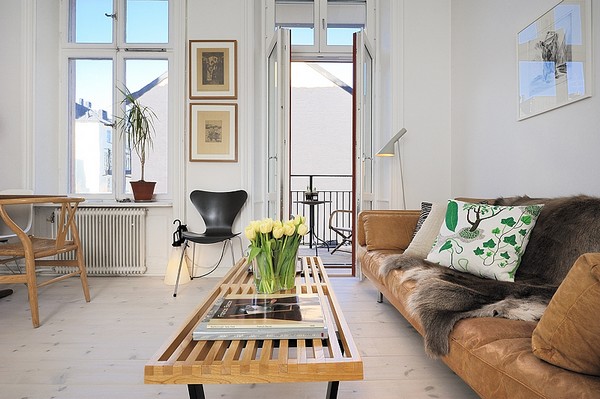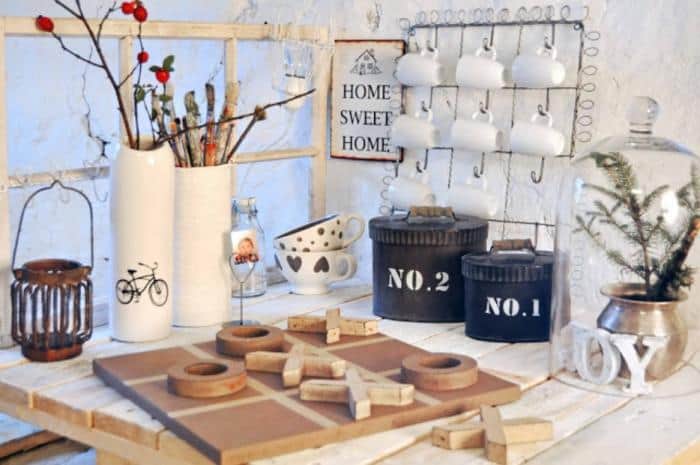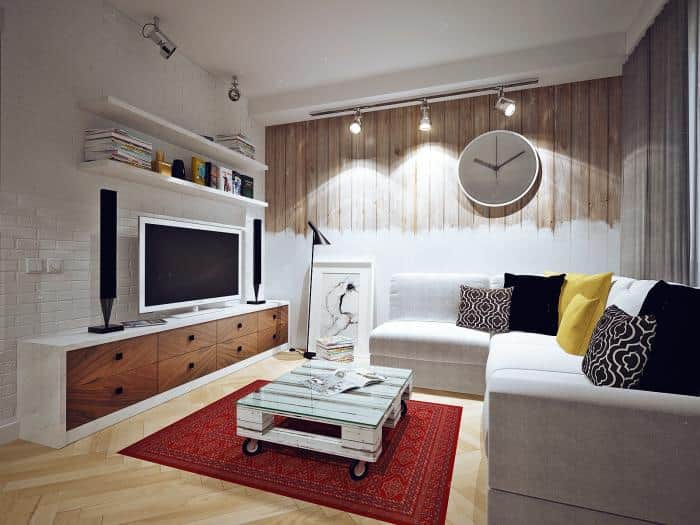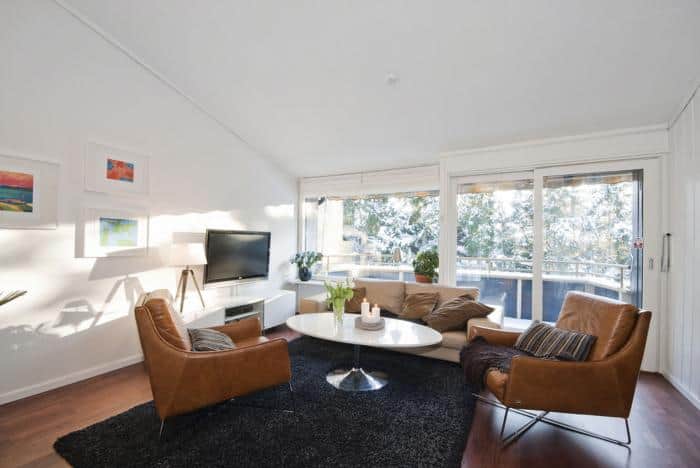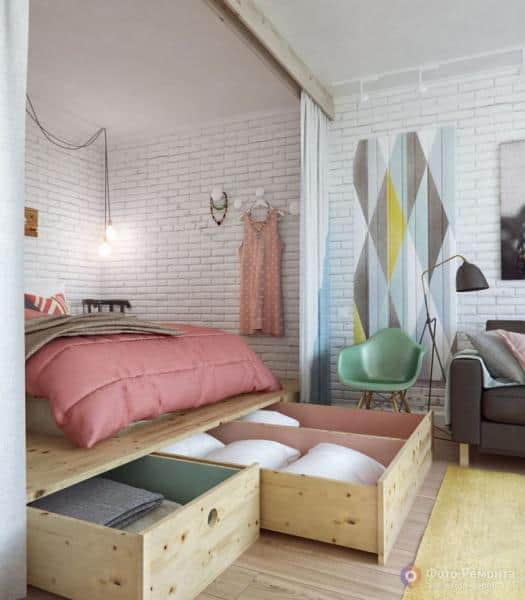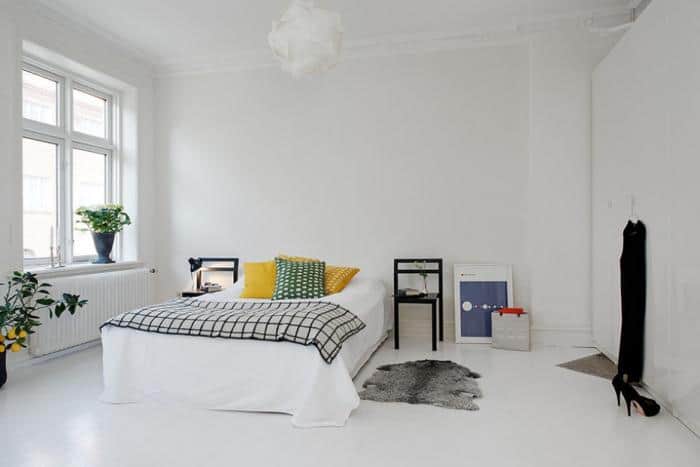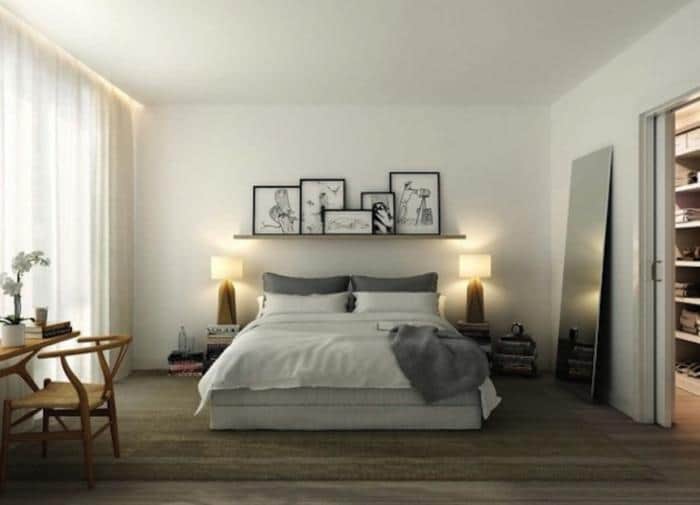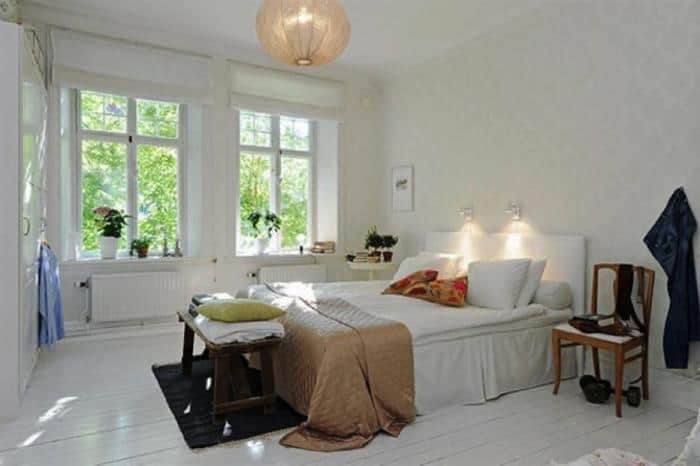
When it comes to interior design styles, the Scandinavian style is the absolute best! Minimalistic interiors, which are typical of northern countries often appeal to the eye with their elegant, strictness and exquisite simplicity. Rooms in this style are always beautiful, practical and fashionable, not to mention cozy.
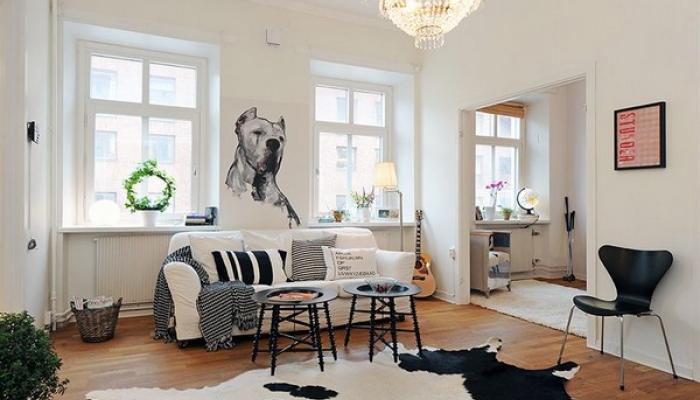
It is no secret that an original expensive interior requires a solid financial investment. For those with limited financial capability, this fact may pose a serious challenge. However, there is no need for worry as this article provides affordable solutions.
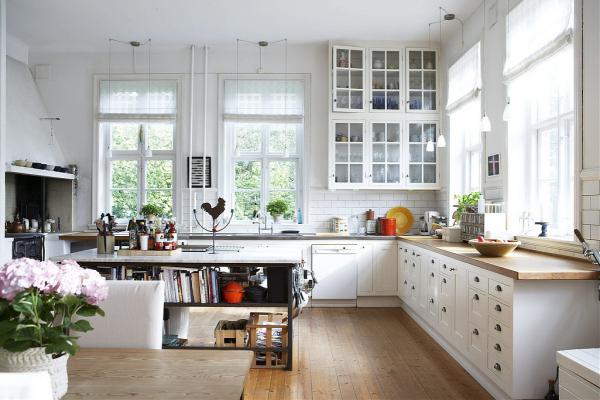
Many designers are biased towards the contemporary and fashionable Scandinavian style as it is simple yet elegant. The Scandinavian style is widely associated with light and heat, which is exactly what those living in Scandinavian and other cold regions need.
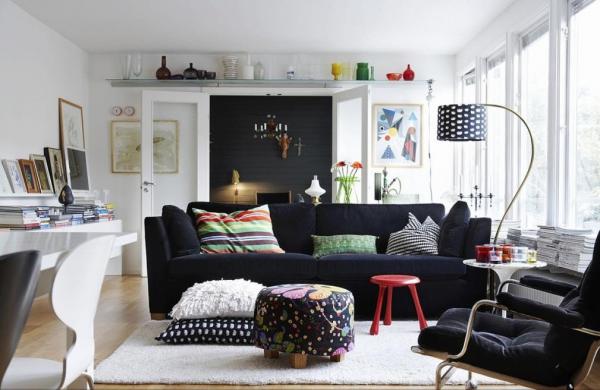
The Scandinavian style, as the name suggests is a native design from Scandinavia. Apart from Scandinavia, the Scandinavian style is also deeply rooted in Finland and Iceland.
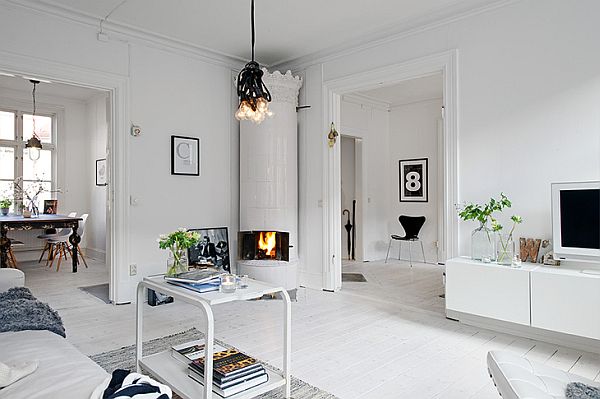
The lifestyle of the residents of these countries is influenced by the countries’ severe climate. Under the uncomfortably cold climatic conditions, a corresponding interior design style arose. With time, the residents began to incorporate pagan worship cultures in the Scandinavian interiors. This assertion is confirmed by the presence of natural materials in the interior. Nevertheless, with increased technological advancements, Scandinavian homes began to spot modern design and décor elements.
Distinctive Features of the Scandinavian Style
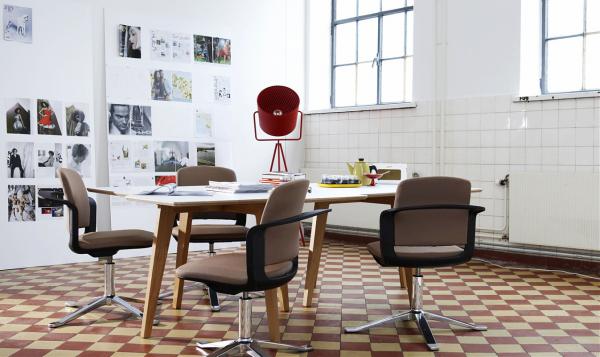
- Plenty of Windows:Even in a tiny room, one may find two or three windows. Moreover, if the windows have curtains, then the curtains are often extremely thin and translucent. This choice of curtains is intentional, so that natural light from the outside can properly penetrate the interior.
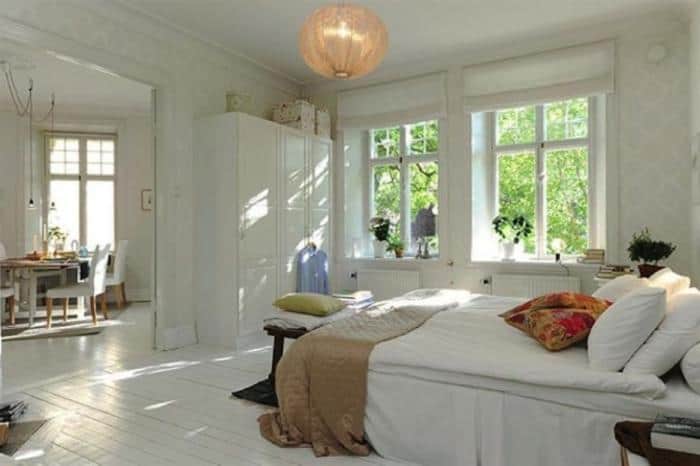
- In instances where the natural light from the outside is inadequate, artificial lighting comes in handy.This means a Scandinavian-style home ought to have plenty of lamps, and chandeliers. This way, you will effortlessly create a lively and well-lit home.
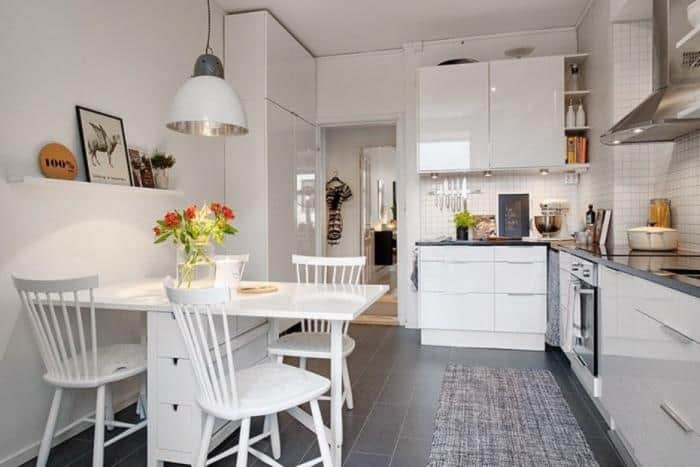
- Another trick inhabitants of Scandinavian countries use to liven up their homes is using plenty of white in the interior design.Surfaces like ceilings, walls, doors and floors should preferably be painted white, while accessories and furnishings like bedding and curtains also appear better in white.
- Scandinavian-style apartments have minimal doors and partitions so that light from the outside can freely penetrate the house—even the most remote corners.
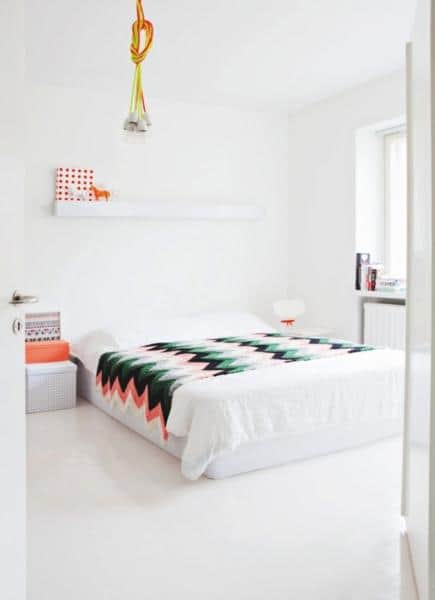
Scandinavian Design Tips for Different Rooms
Kitchen
Designers consider the Scandinavian style the best solution for small kitchens. This style’s bright color scale and clear laconic forms visually lighten and expand the space. The use of natural materials and textures adds to the comfort, making the kitchen particularly cozy and homely.
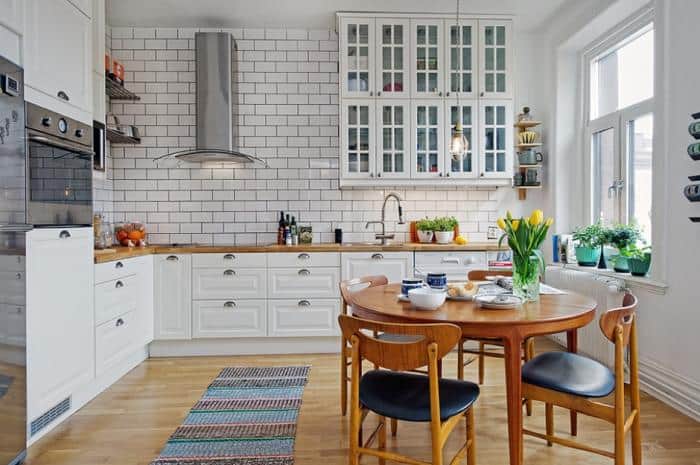
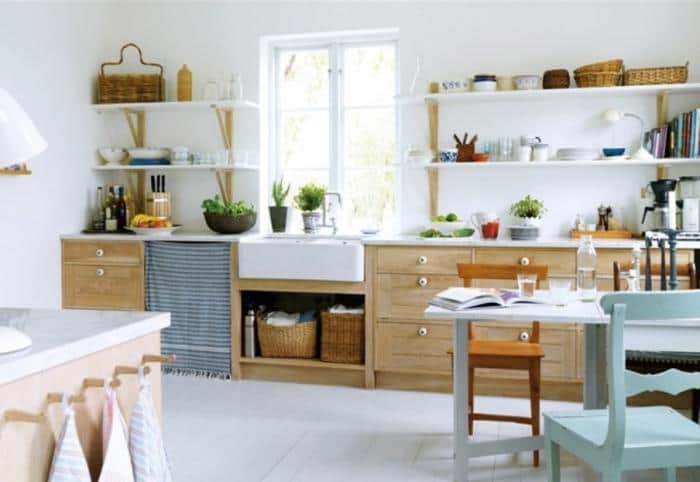
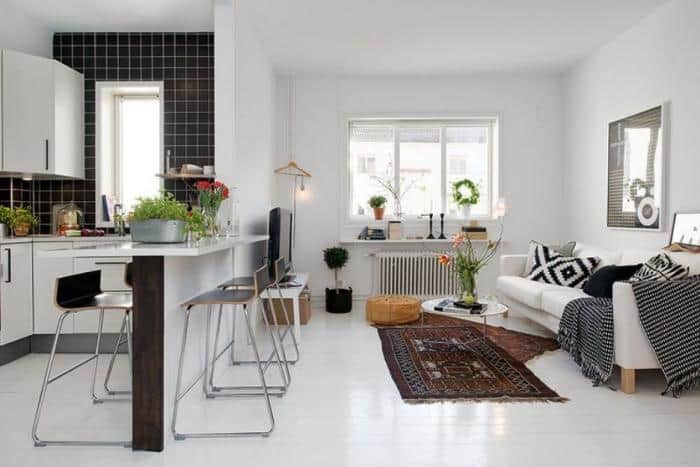
The Scandinavian style is characterized by minimal use of décor elements and ornaments. Kitchen equipment is best hidden in drawers and cabinets, only exposing the most necessary items that will please the eye. Every aspect of the kitchen’s design must be thought through to the slightest detail.
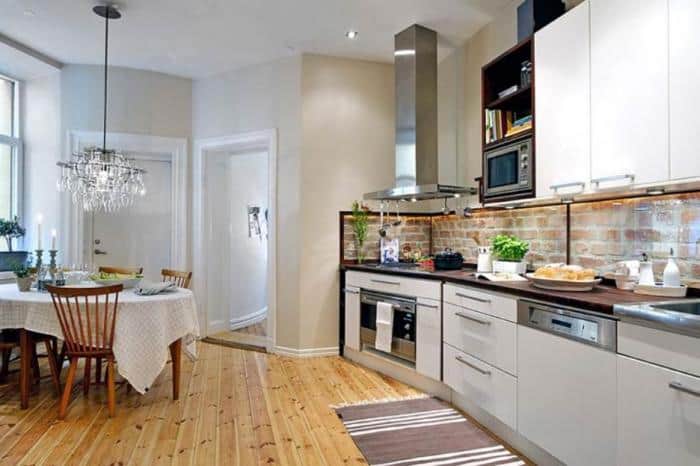
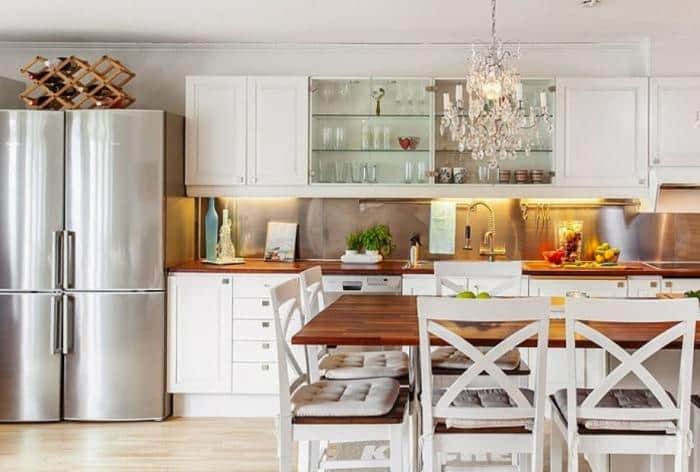
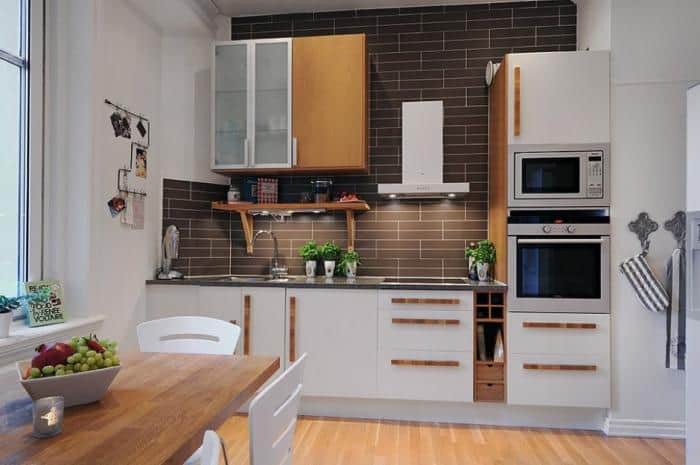
For the Scandinavian style in any setting to remain relevant and fashionable, every single detail should ooze comfort.
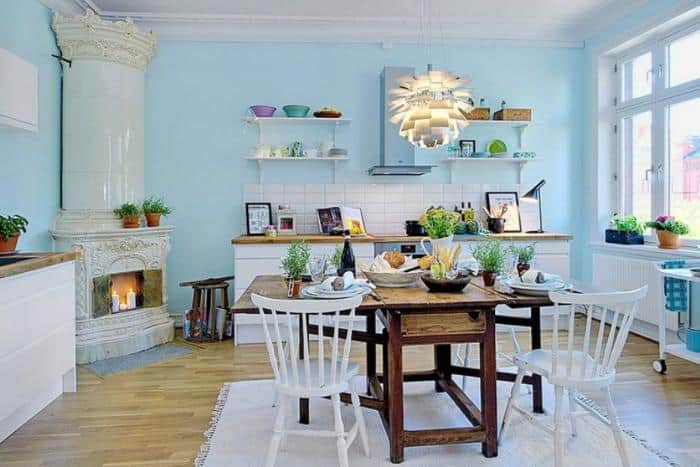
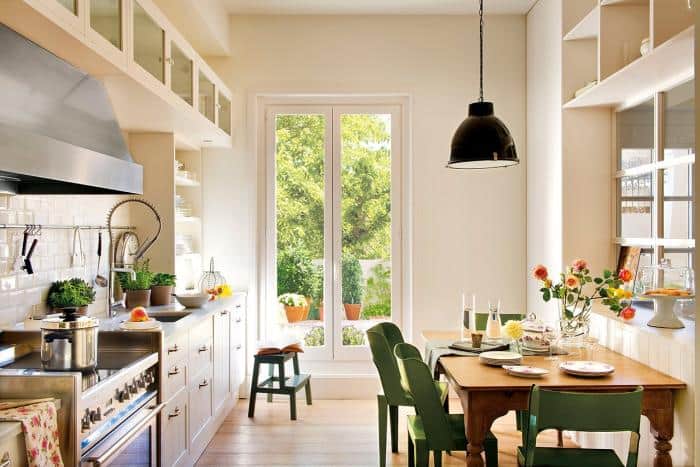

Typical Scandinavian interiors are characterized by pastel light halftones, soft-blue, sandy or light-gray shades, and a combination of wooden, glass, plastic and metal elements. These aesthetics also go well with the Provence style and are amazingly complemented by vintage ornaments.
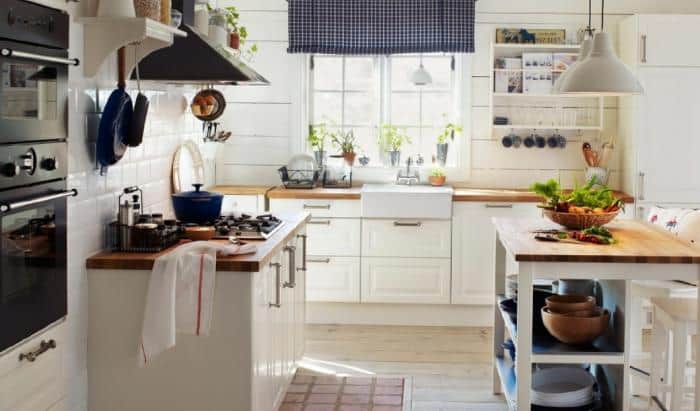


A traditional Scandinavian interior often uses a massive wooden floor of whitewashed boards or laminate, stylized in traditional styles. Another obligatory element of the traditional Scandinavian interior is plants, usually placed in floor vases or pots.
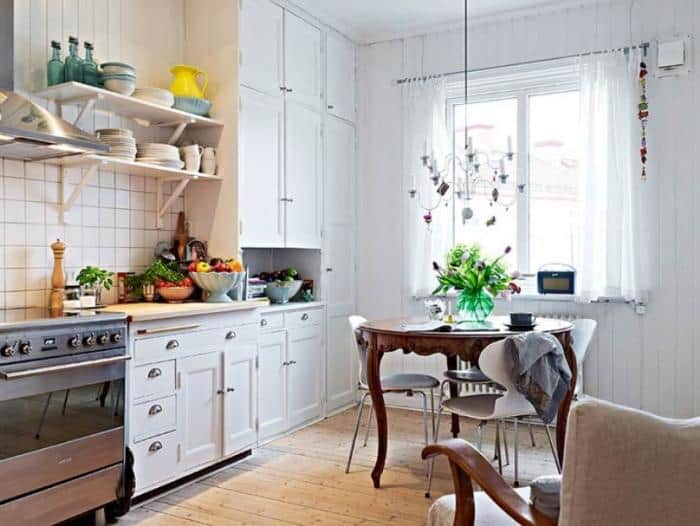

Scandinavian rooms are neither pompous nor pretentious, and as a result, they have minimal decor. The severity of forms characteristic of Scandinavian cuisine, the straightforwardness of the lines and the monophonic gamma add to the charm and attractiveness.
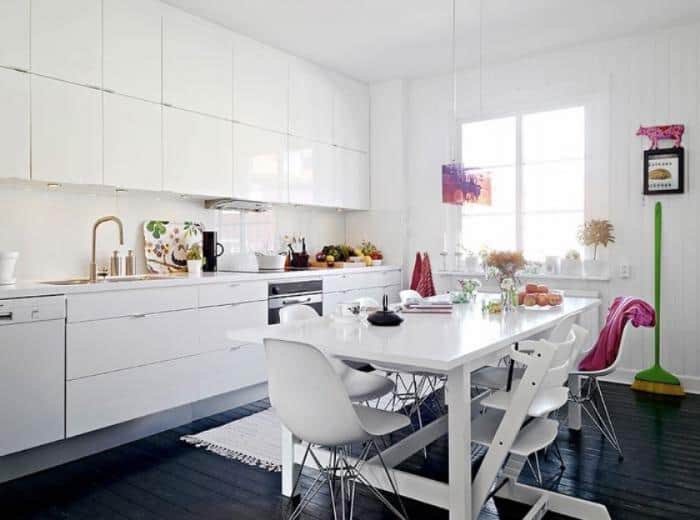

Living Room
The living room in the Scandinavian style often has white or light-colored pastel walls. The furniture is usually light wood, while the floors are also wooden and windows large. This decoration and layout visually expands the boundaries of the room, as well as making it feel more ventilated. The basic rule to remember here is that the less the colors the used, the more the space and light in the room.


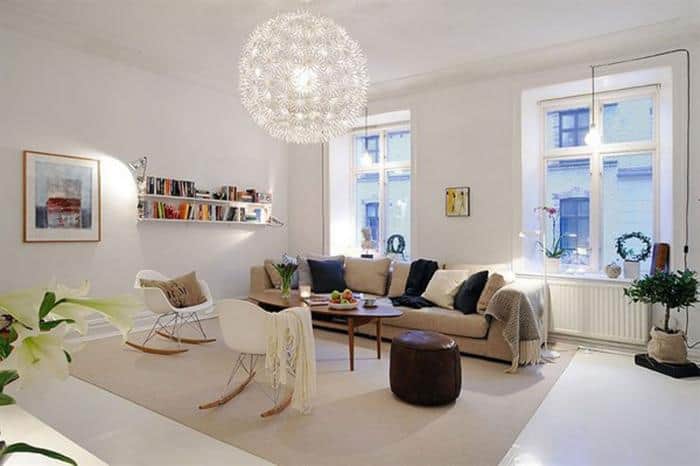
If the white scale seems bland and boring to you, spice it with delicate colors: Ivory shades or sand tones, cream color and blue pastel.
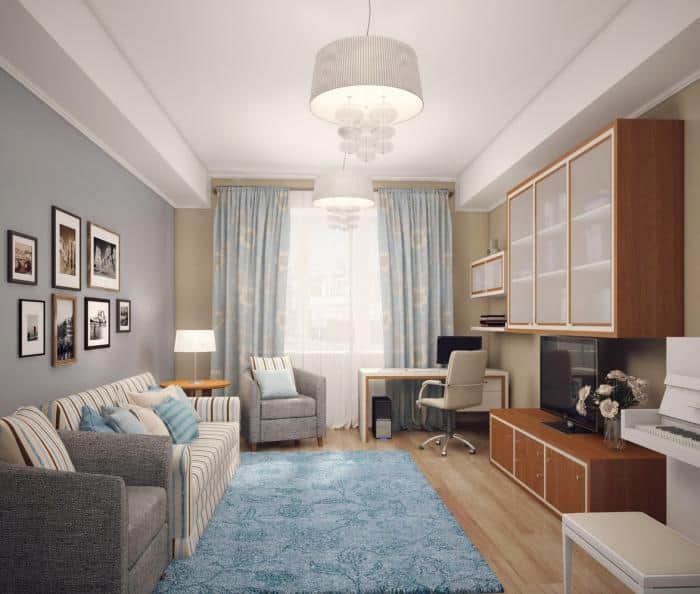
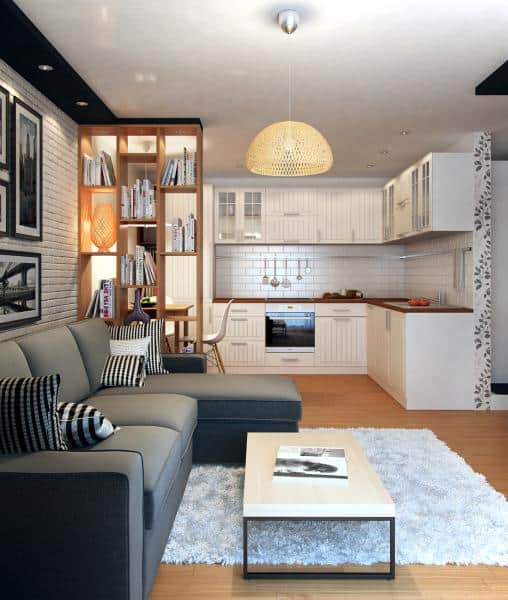
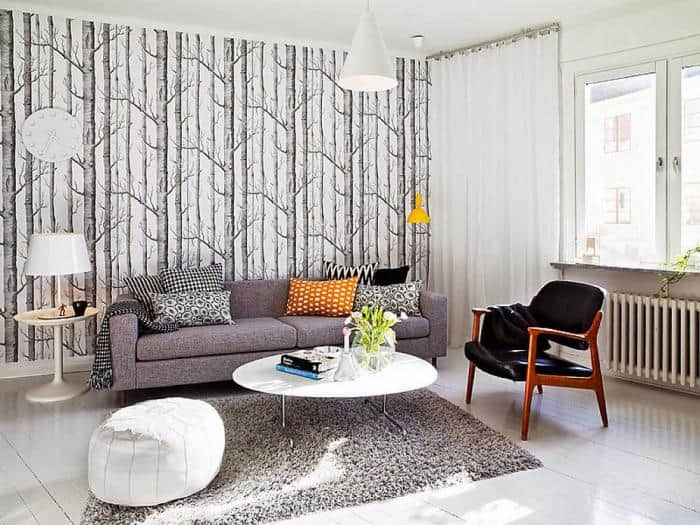
The texture of the interior will be created by the wooden floor and furniture, while the fabrics and textiles will introduce a soft touch. With the aid of drawings and fabric, one can create beautiful color contrasts and accents. Fabrics in large two-tone colors will emphasize the modernity of the interior. On the other hand, small fabrics will bring a rustic comfort and homely feel to the atmosphere.
Give preference to natural materials such as cotton, linen, damask and satin. Curtains are better when they are translucent or transparent, letting in light into the room.

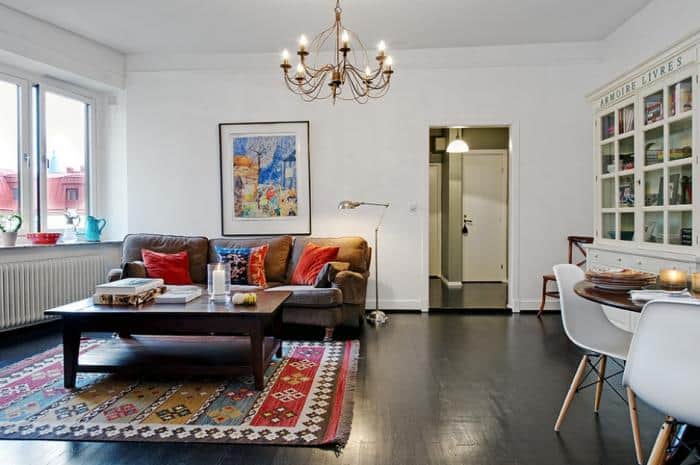
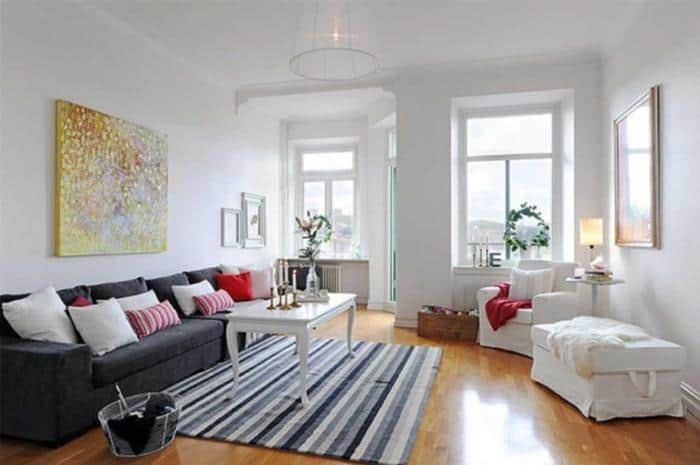
Artificial lighting in Scandinavian interiors is given special attention: Numerous lamps will add light and heat to your home. An typical yet interesting way to decorate your Scandinavian interior using lighting is: Place table lamps on both sides of the sofa, decorate the corners of the living room with floor lamps and use wall sconces to organize special “islands” for reading. The ceiling will appear best with a stylized chandelier with a lot of light bulbs.
The living room does not have the right to be called Scandinavian if it does not have candles in candelabra. You can place the candles anywhere: on tables, on shelves, at a window or inside wall sconces.
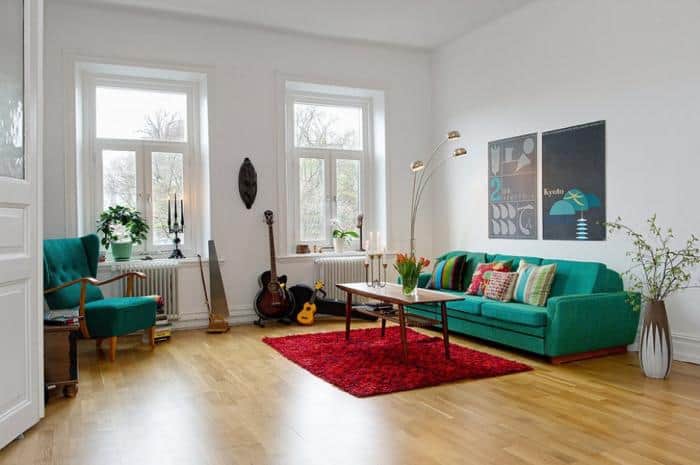
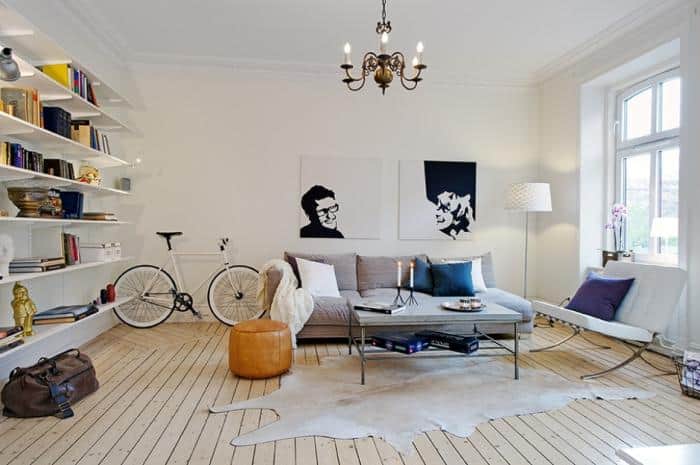
An important detail to remember is mirrors or shiny surfaces. Choose cornices or lamps that have silvery metals or glossy shades. You can additionally diversify the interior and support the style with forged decor elements or finishes.
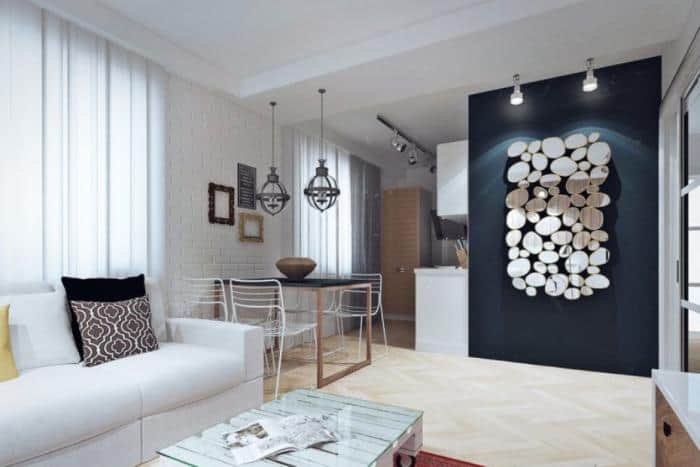
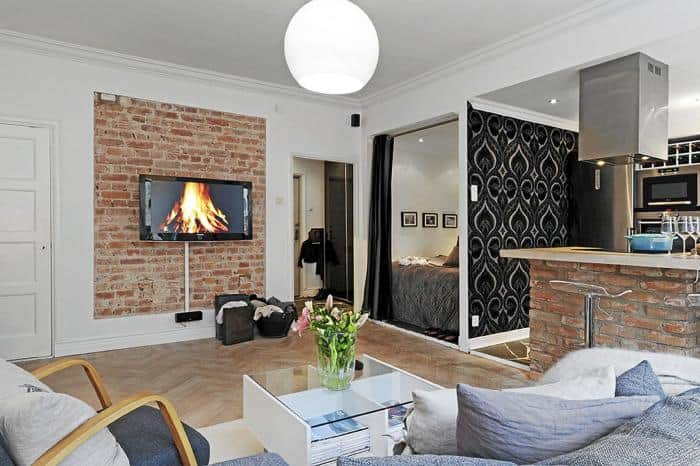
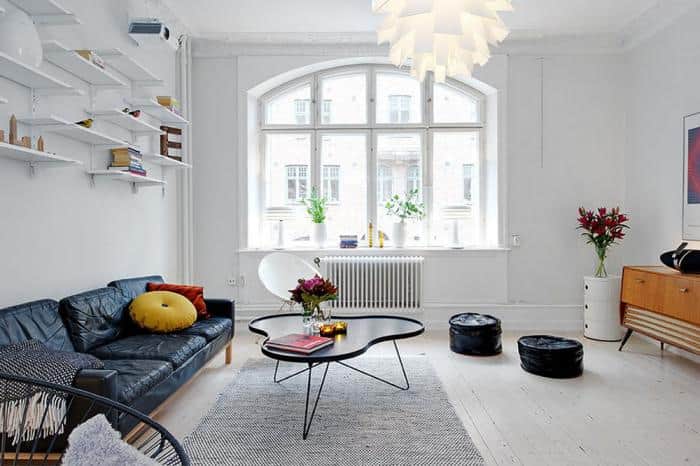
Scandinavian Bedroom
The design and décor of the Scandinavian bedroom is more or less like that of the kitchen and living room. The bedroom has the characteristic white color scale, with white walls, ceiling and even floor. To ensure the room does not look like a hospital ward, it is decorated with stucco, colored textiles, furs, wood trim and fresh flowers. For decoration, multicolored decor is used – mostly in the form of colorful cushions, blankets, cheerful rugs, curtains and exotic ornaments.
The bedroom can also be spiced up by pasting one of the walls with wallpaper that is colored but has a neutral natural or floral print.
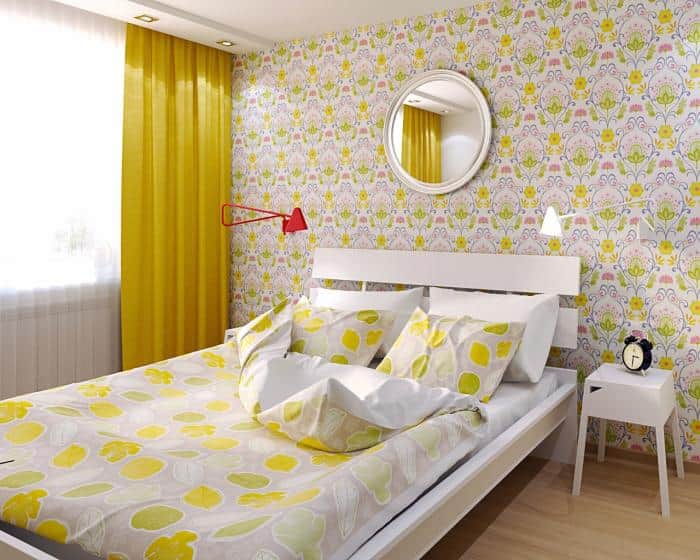
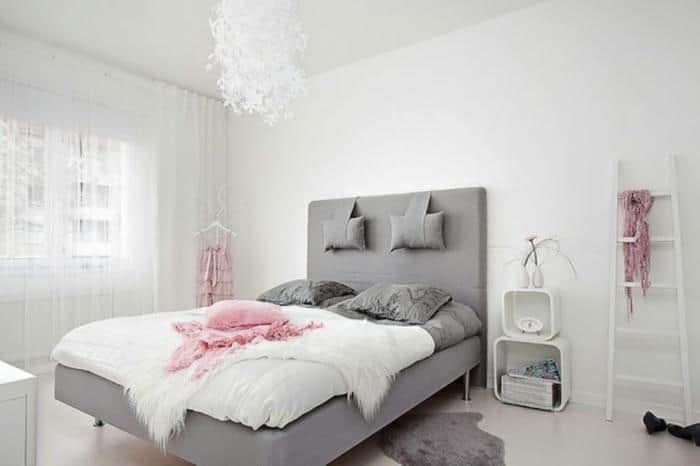
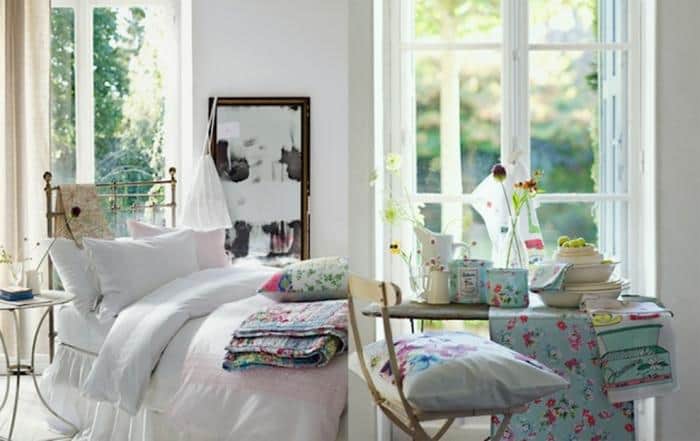
You can decorate the wall with bright posters, paintings or black and white photographs. By combining differently sized and textured frames and drawings, you can create interesting collages and compositions on the wall.
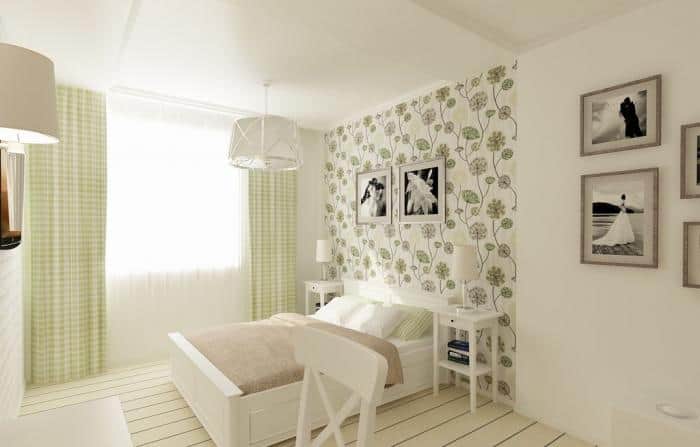
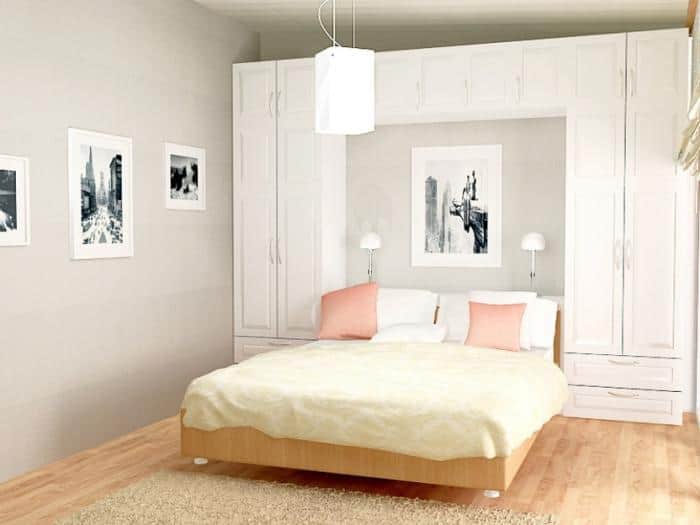
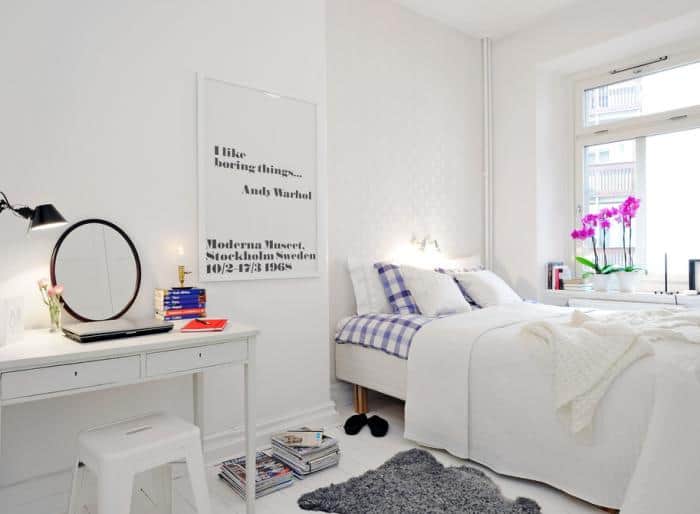
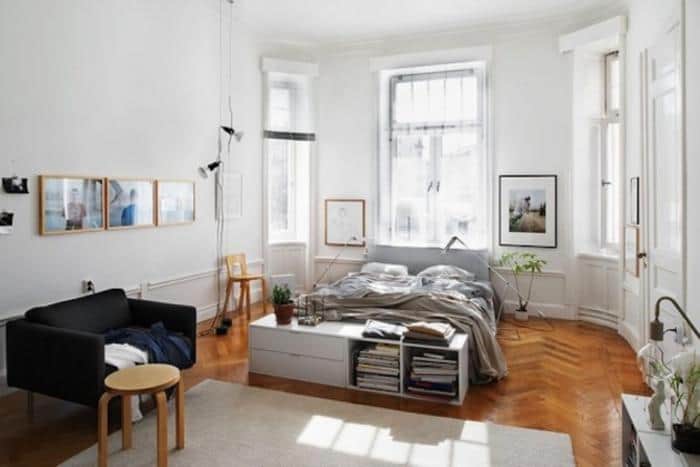
A Scandinavian interior with brick is particularly interesting as brick revives the bedroom and adds to its zest. You can as well use wallpaper that imitates brickwork and with it, you can cover an entire wall or just a portion.
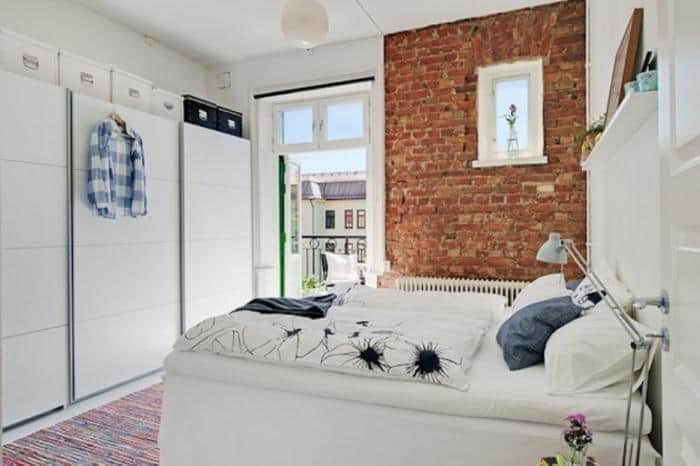
An important aspect of the Scandinavian bedroom is the huge windows in simple white frames, complemented by Roman curtains or minimalist light curtains.
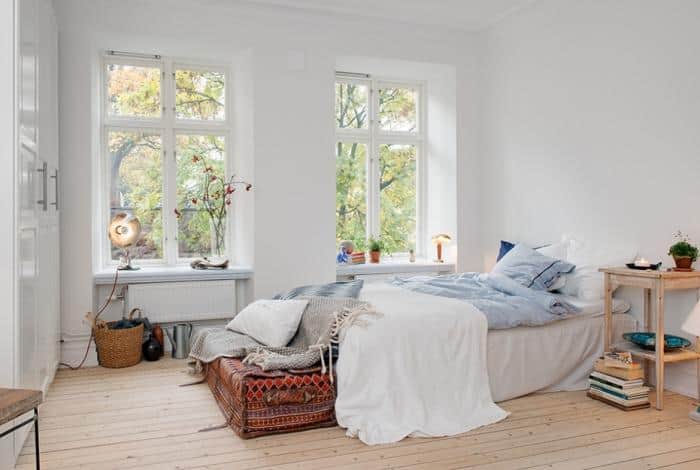


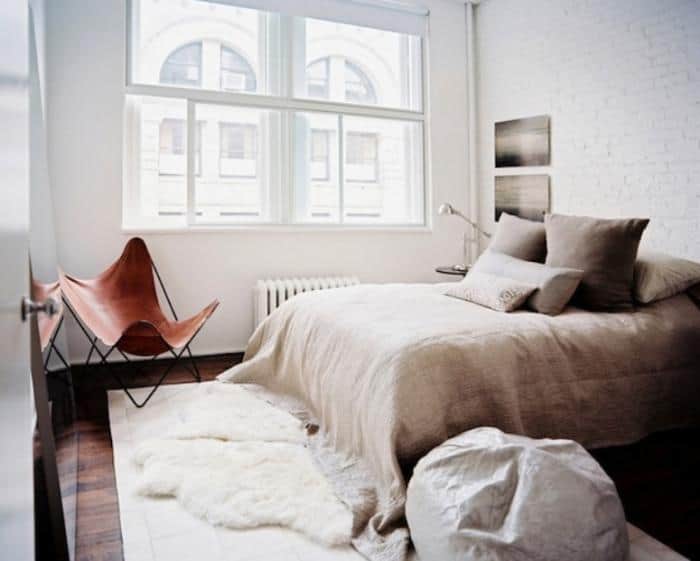
Color and Finish

When designing Scandinavian rooms, preference is usually given to sustained natural shades. The color scheme of most Scandinavian rooms mimics the color of the sea or sky. If you wish, you can dilute the intense color scheme with warm shades. One way to do this is by using amber flowers. If you try this, you will create a space that is cozier and more homely.
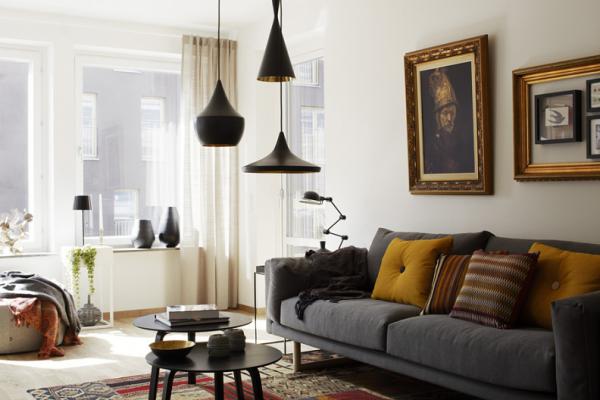
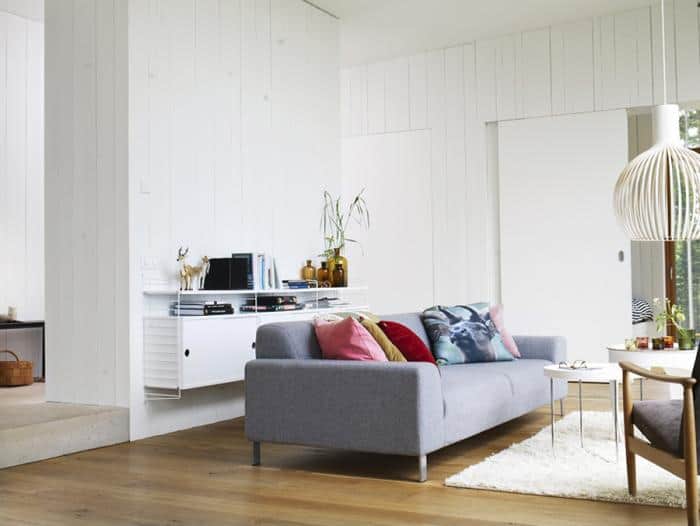
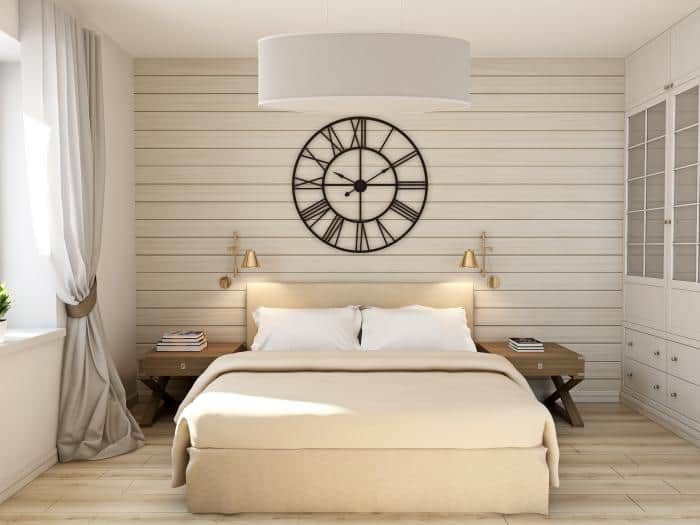
The Scandinavian style also involves the use of contrasts. For example, a black cabinet or a dark brown sofa will stand out against the background of white walls or floors. However, be cautious not to use bright accents as these will not add much effect to the space—they will only emphasize the elegance of the design, executed in quiet and restrained tones.
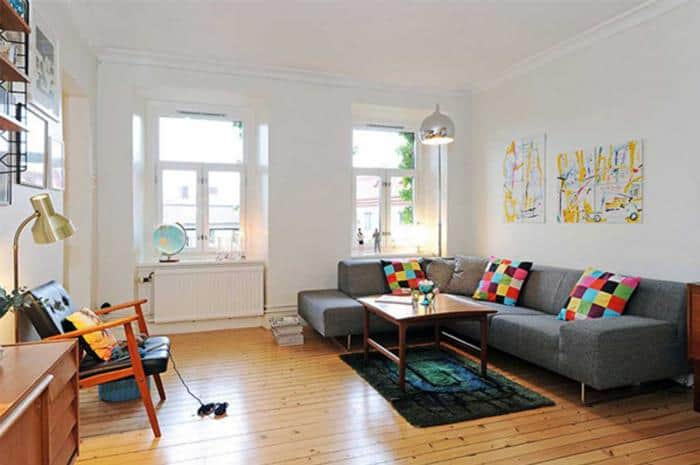
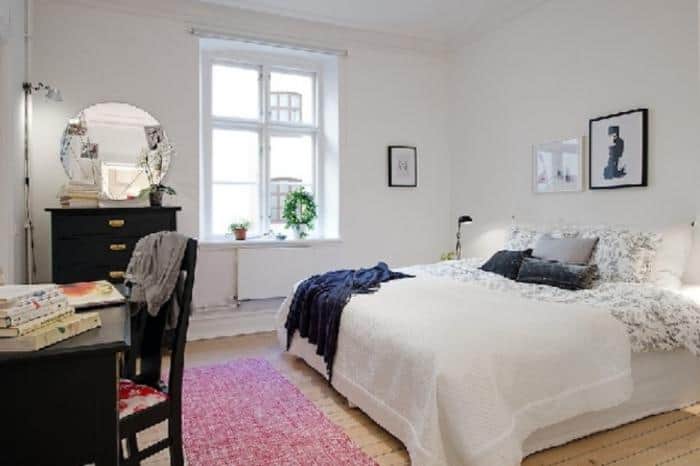
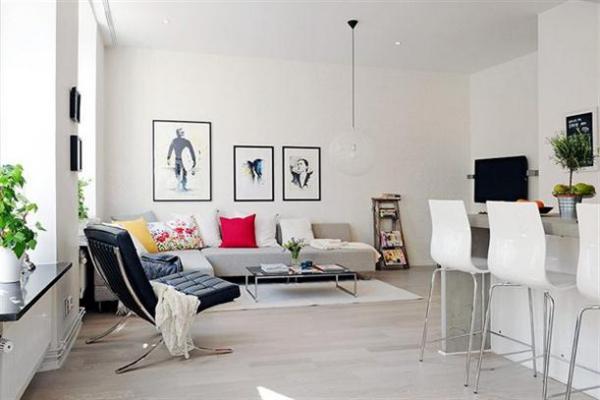
The Scandinavian interior uniquely lacks sophisticated ornate decoration elements. This design further fails to provide for multi-level structures for ceilings. The walls are usually smooth and painted in one color. Only one of the walls can be covered with bright wallpaper or lined with brick.

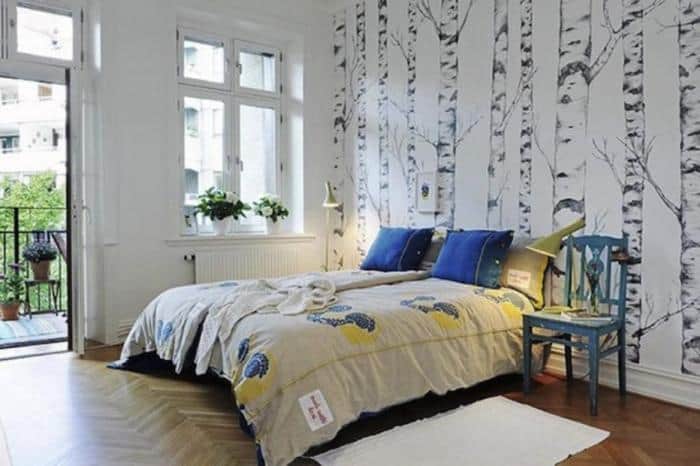
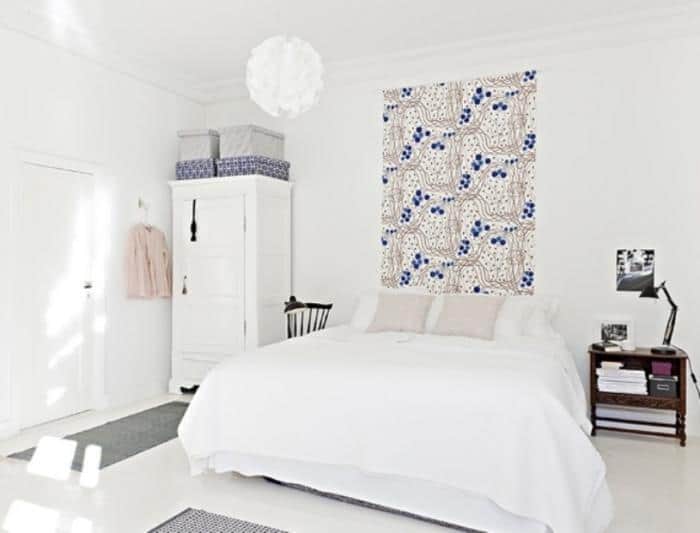
The floor material, as a rule, is often bleached boards, except for the kitchen, where the preferred choice is natural stone tile.
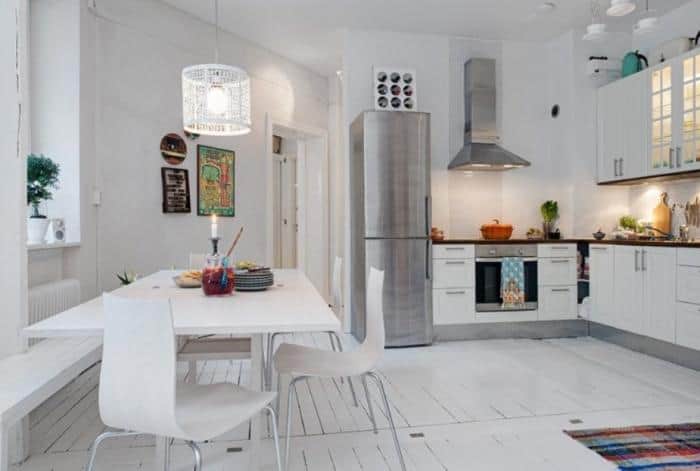

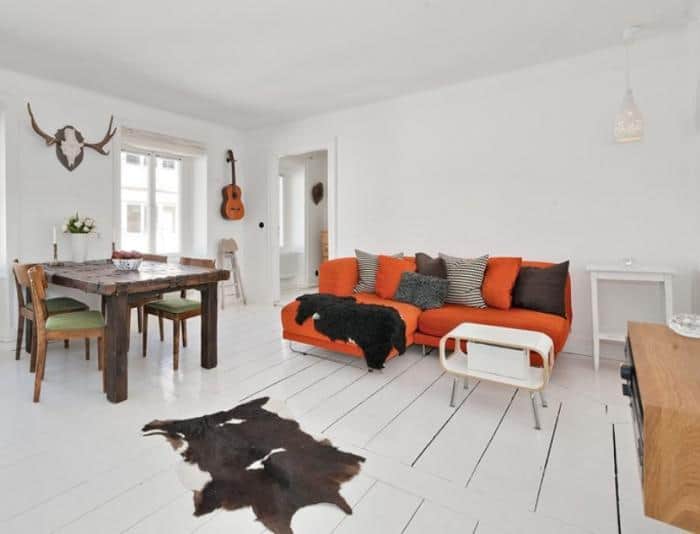
Furniture and Decor
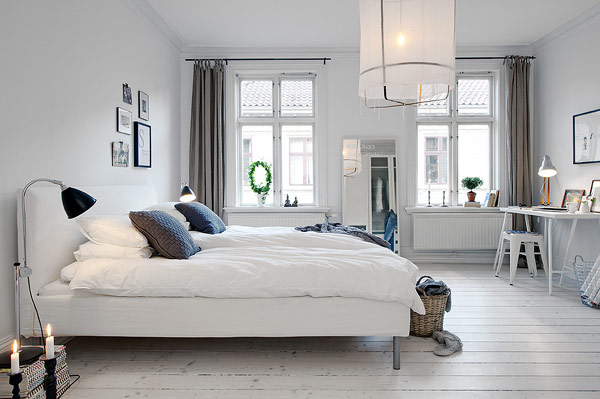
The Scandinavian style is economical, both in terms of money and space. Even contemporary Scandinavian homes are furnished with minimal furniture. The most common furniture choices are those that are not only practical but also functional. These include;
- Sofas;
- Armchairs;
- Tables;
- Chairs.
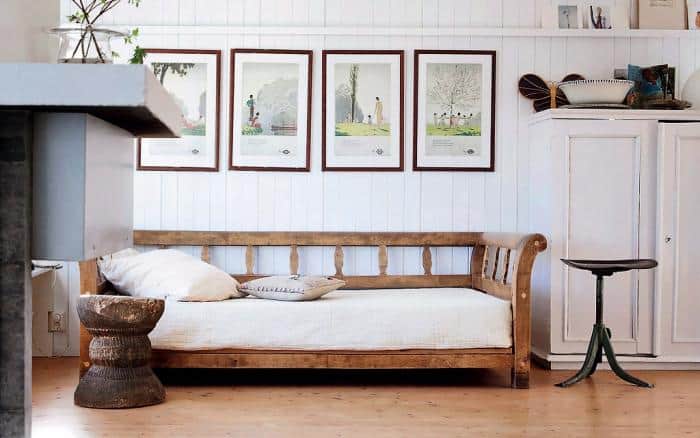
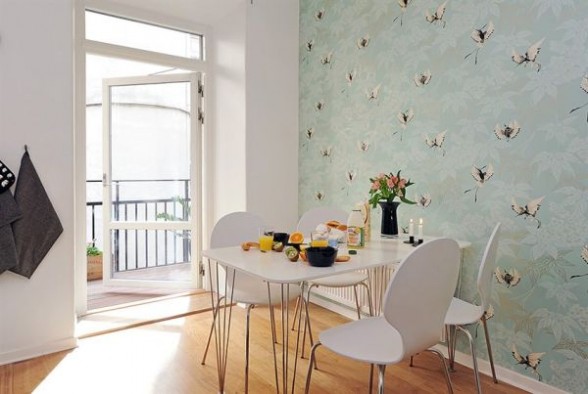
Most often, the furniture is foldable and made of natural wood. As a rule, the wood used for the furniture is light nut, oak or beech. However, furniture made of chrome plated metal or plastic is also acceptable.

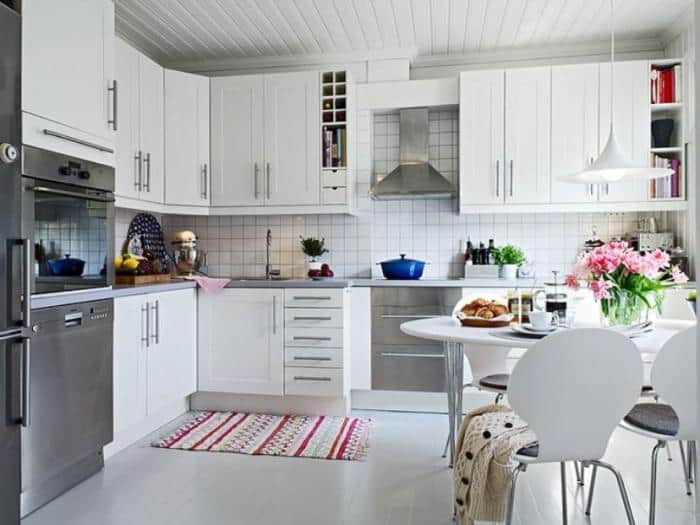
Strict Scandinavian interiors border on minimalism, but the presence of modest and restrained decor in the Scandinavian interior creates a cozy and harmonious feeling.
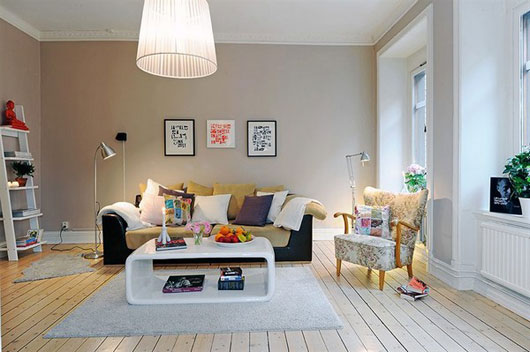
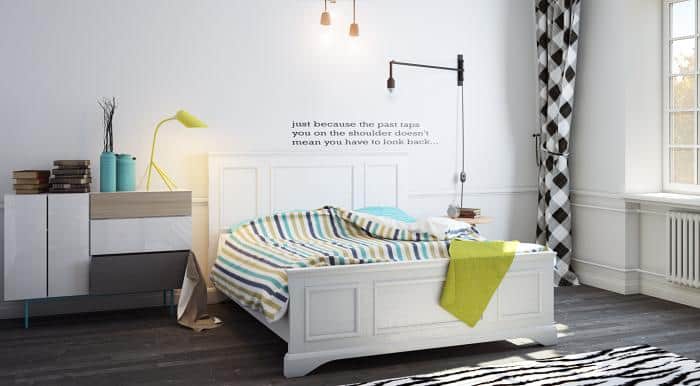
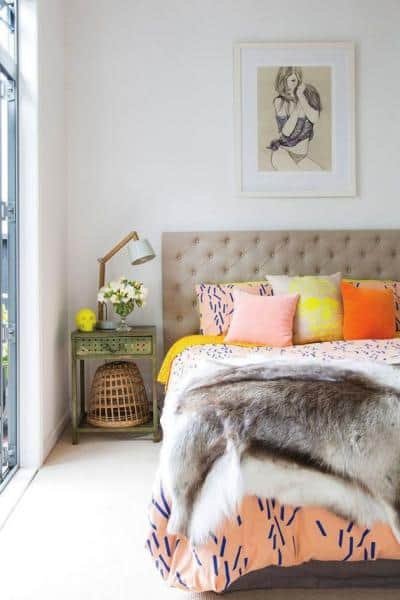
Residents of northern countries prefer to decorate the walls with family photos, drawings and posters that do not necessarily need frames. A variety of handmade rugs, warm blankets, bright napkins make the atmosphere warm, homely and cozy.
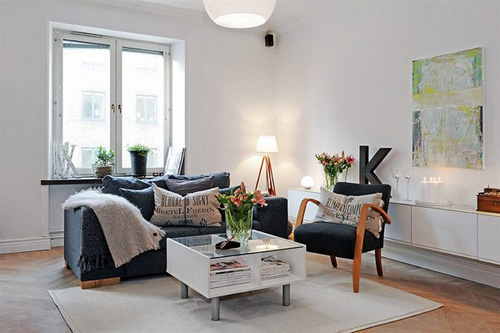


Incorporating living plants in the room’s design helps bring nature closer.
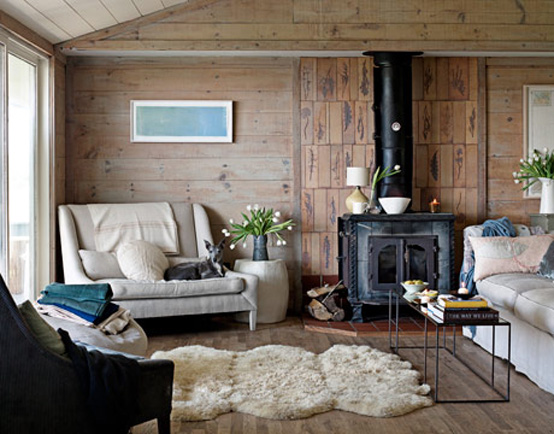

Natural monophonic fabrics, a simple drawing or ornament are also allowed in Scandinavian designs. Soft furniture in most houses is protected by linen covers.
